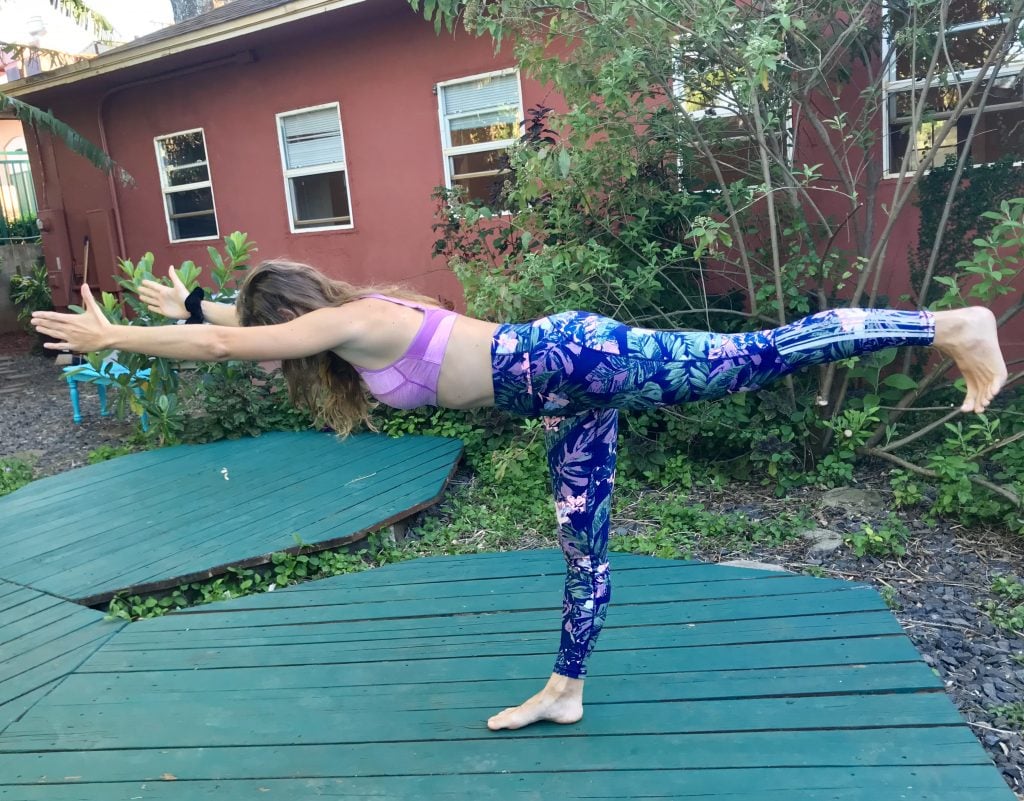
Many yogis on the path have heard about Patanjali’s Yoga Sutra’s. Is it a book that lists yoga poses we do on the mat or out in nature? While there are many such modern yoga texts with pictures and descriptions of yoga poses, or āsanas, we begin to see that the Yoga Sutras is more about our relationship to reality via the mind on it’s path to realizing the soul. The few sutras on yoga poses addresses the mind-body-spirit connection.
Chapter 2 of Patanjali’s Yoga Sutra’s is called Sadhana Pada, or the practice to achieve yoga. Sādhana (Sanskrit साधन), is practice, “a means of accomplishing something”. In this chapter, or pada, the philosophy of ashtanga yoga (the 8 limbs of yoga) is presented to us. Number 3 of the 8 limbs is called āsana – the pose or the posture that we commonly practice on the mat. In this chapter we are given three definitive sutras to explore and practice regarding asana. Starting with pada 2, sutra 46:
2:46 Sthira Sukham Asanam
The posture is steady and ease-filled
Chanting this mantra together in a class tunes us into the vibrational frequency of the sutra – the teaching is directly transmitted to our heart. Now a yoga class can venture into varying degrees of intensity. And some of our yoga poses don’t seem steady or ease-filled! Our challenge is often to relax once we’ve put forth major effort with breath control playing a complementary role. Here comes sthira – stillness, steadiness, stable. Along with sukham – ease, comfort, in a good space.
While the seated meditative posture is essential to have these qualities, what about all the other postures? In each pose, with varying degrees of challenge according to each individual, a continual self-effort will lead one out of places of discomfort and limitation, to a sense of profound ease and expansiveness – a good space. When the mind becomes perfectly still in the pose, sthira and sukham is the effect of the present moment. Think of the controlled motion and muscular action of moving into warrior III pose, and then the light & grace that establishes you in the center of that asana. The effort, and possibly previous strain, leads to a sense of balance and ease, a realized connection of spirit that makes the body feel light and free. Now let’s take that sense of ease and steadiness into whatever activity we’re doing!

In the next post in this series we’ll look at at Pada 2, Sutra 47, where effort meets infinity – Part 2.

[…] attention to sutra 2.47. The previous sutra (2.46) mentions that the yoga posture has or is to be sthira, stillness and stability, and sukham referring to ease, comfort, and openness (see Part 1). While […]